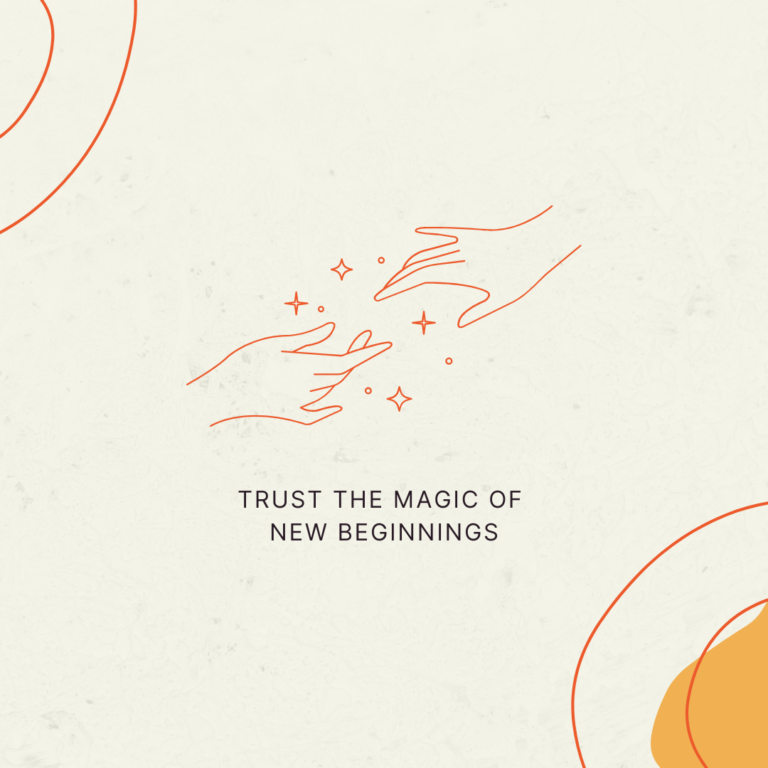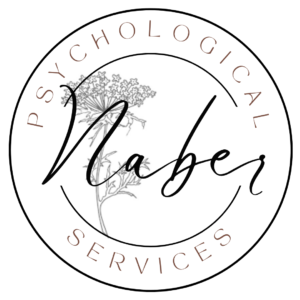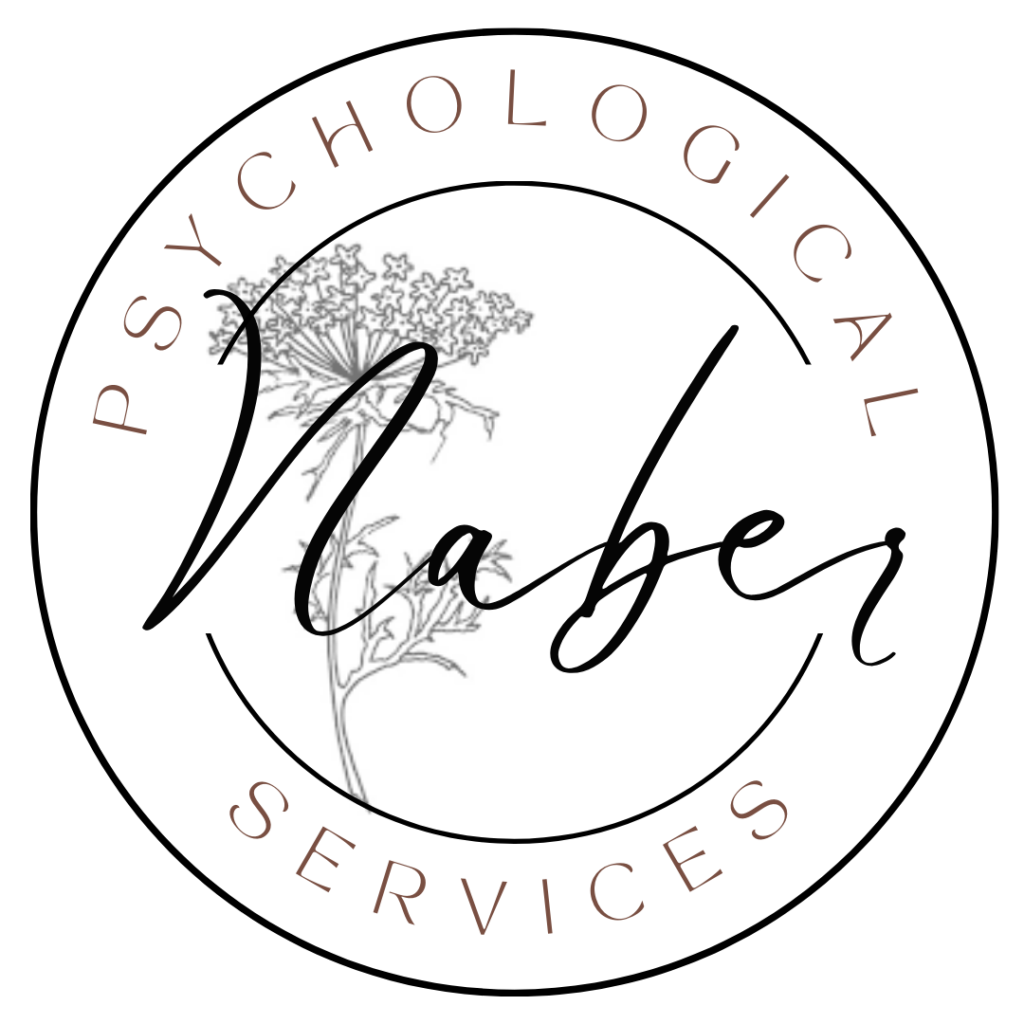So I’ve Diagnosed Myself from TikTok – Now What?
There’s a growing number of social media posts about being neurodivergent, especially autistic. You’ll find people sharing personal experiences, discussing behaviors, and listing diagnostic criteria (e.g., “If you have these 15 traits, you might have autism,” or “If you do this, you might be autistic”). There are even so-called “experts” with “Dr” in their title who aren’t doctors, offering their “expertise.” So how can you really tell if you have autism? And if not, what do your experiences mean? More importantly, what might be the benefit of an accurate diagnosis?
Today, many people report experiencing the world in ways that “feel autistic” or having characteristics and behaviors commonly associated with Autism Spectrum Disorder (ASD). Difficulties with social interactions, reading social cues, making and maintaining friendships, sensory sensitivities, communication challenges, job struggles, or deep dives into specific interests are reported by a growing number of people. But with the CDC estimating autism prevalence at around 2% of the population, how do you make sense of these experiences? Let’s explore some alternative explanations or differential diagnoses that share symptoms with autism, as well as environmental influences, personality types, trauma, and other psychological conditions that might be muddying the waters.
Alternative Diagnoses
Given the many changes and challenges in the world over the past decade, it can be hard to distinguish between an actual rise in autism rates and cultural or personal responses to these stressors. Since the COVID-19 pandemic, social communication difficulties and social anxiety have increased. Anxiety and depression have also skyrocketed in both youth and adults since the widespread use of smartphones and the internet since 2010. More recently, global conflicts, polarized politics, discrimination, increased rates of sexual assault and mass shootings, economic struggles, and ecological changes have overwhelmed our nervous systems, causing chronic stress. Prolonged activation of the stress response, often referred to as a “cortisol bath for the brain,” can increase the risk of physical and mental health challenges, including anxiety, depression, hypervigilance, digestive issues, sleep disturbances, concentration difficulties, and muscle tension, to name a few.
Another consideration is individuals who naturally (due to heredity) have a highly sensitive personality. Highly Sensitive People (HSPs)—who make up about 30% of the population—can exhibit some traits similar to those with ASD, though there are key differences. HSPs tend to have a greater response to stress, noticing small changes in their environment, and are highly sensitive to physical, social, and emotional stimuli. They experience greater emotional reactivity, become easily overstimulated, and take longer to return to a regulated state. In contrast, individuals with autism—considered a lifelong neurodevelopmental disorder—struggle with social communication and social-emotional awareness, as well as sensory processing differences. They also exhibit intense focus on preferred interests, prefer sameness and predictability, and may engage in repetitive or ritualistic behaviors. To be diagnosed with autism, these symptoms must be present from early childhood and cause significant impairment in functioning. Though autism is a spectrum, there are clear, definitive differences in brain development and processing, such as heightened perceptual capacity (the ability to process more information at one time) and hyper-connectivity across brain regions. This may explain the hypersensitivity.
HSPs are also greatly impacted by their environment. They flourish in supportive, nurturing environments and struggle in stressful, unsupportive ones. Children with autism always require some level of support, and without an environment that provides adequate support, their functioning and well-being can be severely affected. By focusing on the differences between highly sensitive individuals and those with autism, rather than just the similarities, it becomes clearer how to differentiate between these neurodivergent presentations.
Trauma is another factor to consider when evaluating for autism. Developmental trauma, or Developmental Trauma Disorder (DTD), can sometimes appear autism-like. DTD results from prolonged abuse or disruptions in attachment to primary caregivers during childhood, which affects the brain’s development. This can lead to mental disorders and cause difficulties in forming healthy relationships, trusting others, reading social cues, and regulating strong emotions. It’s easy to see how developmental trauma can lead to behaviors that resemble autism, but DTD is an acquired disorder caused by trauma, not a neurodevelopmental condition like autism.
Lastly, consider Attention Deficit/Hyperactivity Disorder (ADHD), which often co-occurs with autism. About 28% of children with autism also have ADHD, sometimes referred to as AuDHD. Both disorders are highly heritable and share multiple traits, such as sensory differences, hyperfocus, rejection sensitivity, executive dysfunction, social challenges, sleep issues, and difficulties with interoception (the ability to recognize bodily signals like hunger). However, one key difference is that individuals with ADHD are more likely to seek novelty and make impulsive decisions, whereas those with autism typically prefer routine and structure.
Should I Get Assessed?
Hopefully, this helps clarify some of the discrepancies circulating on social media and highlights how complex an accurate autism diagnosis can be. I’ve had many adolescents and adults ask me, “I think I might be autistic—should I get assessed, and how would that benefit me?” My response is first to consider what you hope to get from the assessment. Many people spend their lives struggling with complex symptoms and receive inaccurate diagnoses, such as Oppositional Defiant Disorder, Bipolar Disorder, Obsessive-Compulsive Disorder, or Borderline Personality Disorder. This can leave them feeling unseen, and often the treatments they receive are ineffective. Some people long for a better understanding of themselves, especially if they’ve always felt out of place in typical social settings or struggled to form close, lasting friendships. Others may have difficulty navigating systems like school or work despite high intelligence. For these individuals, a comprehensive psychological evaluation for autism can be life-changing, offering recommendations for autism-specific strategies and resources.
For others, I hope this information clarifies the symptomology of autism and other conditions that might better align with their experiences. We all have our unique idiosyncrasies or “tisms,” but that doesn’t mean we all have a little bit of autism. Though autism is a spectrum, it involves specific neurological differences and criteria that must be met for a diagnosis of Autism Spectrum Disorder.
For more information on Autism assessment, email me at kami@naberpsych.com





